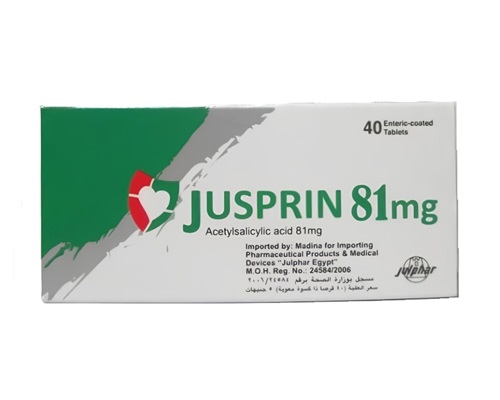Description
Trade name:
Rivarospire
Compound:
Each tablet contains:
Rivaroxaban micronized 20 mg
Auxiliary components:
Lactose monohydrate, microcrystalline cellulose, sodium croscarmellose, magnesium stearate.
Properties:
Rivaroxaban is a highly selective direct factor Xa inhibitor with high oral bioavailability.
Activation of factor X to form factor Xa via the intrinsic and extrinsic pathways plays a central role in the coagulation cascade. Factor Xa is a component of the nascent prothrombinase complex, which converts prothrombin to thrombin. These reactions ultimately lead to the formation of a fibrin clot and the activation of platelets by thrombin. One factor Xa molecule catalyzes the formation of more than 1,000 thrombin molecules, which is called the “thrombin burst”. The reaction rate of prothrombinase-bound factor Xa is 300,000-fold greater than that of free factor Xa, resulting in a sharp rise in thrombin levels. Selective factor Xa inhibitors can stop the “thrombin burst”. Thus, rivaroxaban may interfere with some specific or general laboratory tests used to evaluate coagulation systems.
Indications:
– prevention of stroke and systemic thromboembolism in patients with atrial fibrillation of non-valvular origin;
– treatment of deep vein thrombosis and pulmonary embolism and prevention of recurrence of DVT and PE.
Method of administration and dosage:
For internal use.
Rivarospirit should be taken with food.
The dosage and course of treatment are prescribed by the doctor after examination.
Contraindications:
Hypersensitivity to the active component or to any of the excipients included in the drug.
– Active clinically significant bleeding.
– A pathological change or condition if it is considered to be a significant risk for major bleeding. These include:
– a recent gastrointestinal ulcer or an active gastrointestinal ulcer;
– the presence of malignant neoplasms with a high risk of bleeding;
– recent head injury or spinal cord damage;
– recent surgery on the brain, spinal cord or eyes;
– recent intracranial hemorrhage;
– established or suspected varicose veins of the esophagus;
– arteriovenous malformations;
– vascular aneurysms or extensive intraspinal or intracerebral vascular disorders.
– Concomitant treatment with any other anticoagulants, such as unfractionated heparin (UFH), low molecular weight heparins (enoxaparin, dalteparin, etc.), heparin derivatives (fondaparinux, etc.), oral anticoagulants (warfarin, dabigatran etexilate, apixaban, etc.), except in special circumstances when switching to another anticoagulant therapy.
– Liver disease associated with coagulopathy and clinically significant risk of bleeding.
– Pregnancy and breastfeeding.
Precautions:
Rivaroxaban is not recommended for use in patients receiving systemic treatment with azole antifungals (e.g. ketoconazole) or HIV protease inhibitors (e.g. ritonavir). These drugs are strong inhibitors of CYP3A4 and P-glycoprotein. As a result, these drugs may increase plasma concentrations of rivaroxaban to clinically significant levels (on average 2.6-fold), which increases the risk of bleeding.
Side effects:
From the blood and lymphatic system:
Anemia (including related
laboratory parameters).
From the immune system:
Allergic reaction, allergic dermatitis.
From the nervous system:
Dizziness, headache.
From the side of the organ of vision:
Hemorrhage into the eye (including hemorrhage into the conjunctiva).
From the vascular side:
Marked decrease in blood pressure, hematoma.
From the respiratory system, chest organs:
Nosebleed, hemoptysis.
From the digestive system:
Bleeding gums, gastrointestinal bleeding (including rectal bleeding), abdominal pain, dyspepsia, nausea, constipation, diarrhea, vomiting.
From the skin and subcutaneous tissues:
Pruritus (including uncommon cases of generalized pruritus), skin rash, ecchymosis, cutaneous and subcutaneous hemorrhage.
Storage method:
Store at temperatures not exceeding 30 degrees.









